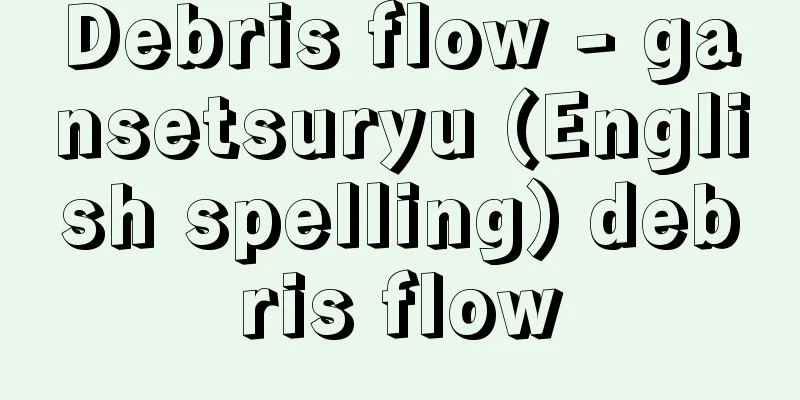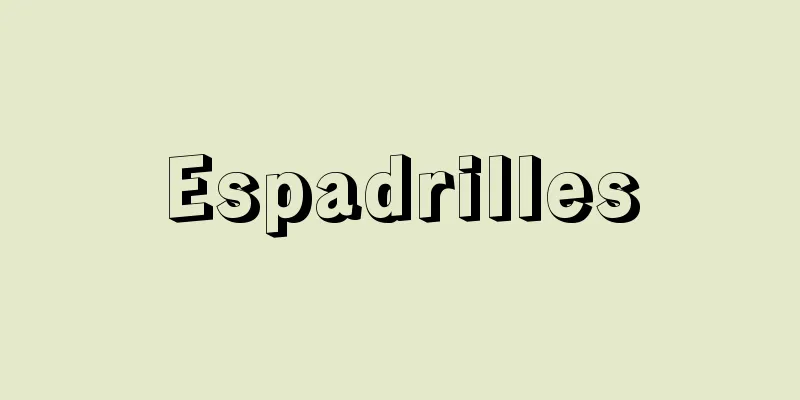Hiranodonosho - Hiranodonosho

|
A manor in Heguri County, Yamato Province (near Hidehara, Heguri Town, Ikoma County, Nara Prefecture). A small manor in a valley with a total of 9 cho 6 tan (1 cho is approximately 119 ares) of rice fields, it was originally the property of Senyomon'in, the daughter of Emperor Goshirakawa. In 1239 (En'o 1), Senyomon'in donated Hiranoden Manor to Bodai-in Gyohen of Ninna-ji Temple as a reward for receiving the Kanjo (abbot's ordination), and Gyohen, one of the head priests of Toji Temple, donated the manor to the Guso Jujiryo (head priest of Toji Temple) in 1252 (Kencho 4), reserving his rights to administer the manor. Under this rule, the rights to the manor belonged to the Bodai-in Temple of Ninna-ji Temple, while the taxes and official duties belonged to the Toji Aso. The Toji Aso soon began to acquire the rights to the manor, and in 1278 (Kōan 1) they effectively took control of the manor, but taking advantage of conflicts between the feudal lords over the rights to the manor and the intervention of Kofuku-ji Temple, which was the de facto guardian of Yamato Province, the manor officials and peasants of the manor actively resisted the control of the manor, leading to criticism that they were "villains" and "strong headman." Toji Temple also collected about 20 koku of rice, matsutake mushrooms, melons, bamboo shoots, sweets, rice cakes, laborers, etc. from the manor. [Jiro Yasuda] "Yoshihiko Amino, 'Medieval Toji Temple and its Estates' (1978, University of Tokyo Press)" ▽ "Yoshisuke Koizumi, 'Villains' (Kyoikusha History Paperbacks)" [Reference] | |Source: Shogakukan Encyclopedia Nipponica About Encyclopedia Nipponica Information | Legend |
|
大和(やまと)国平群(へぐり)郡(奈良県生駒(いこま)郡平群町大字椣原(ひではら)付近)の荘園。総田数9町6反余(1町は約119アール)の谷間の小荘園で、もとは後白河(ごしらかわ)天皇の娘宣陽門院(せんようもんいん)の所領であった。1239年(延応1)、宣陽門院は灌頂(かんじょう)を授けられた賞として仁和(にんな)寺の菩提(ぼだい)院行遍(ぎょうへん)に平野殿荘を寄進し、東寺長者の一人であった行遍は1252年(建長4)に荘務権を留保して東寺供僧住持料(ぐそうじゅうじりょう)に当荘を寄進した。ここに荘務権は仁和寺菩提院、年貢・公事(くじ)は東寺供僧に帰属する関係が成立した。やがて東寺供僧は荘務権獲得に乗り出し、1278年(弘安1)には荘務を実質的に把握するが、荘務権をめぐる領主側の対立や大和国の事実上の守護であった興福寺の介入などに乗じて当荘の荘官・百姓らは「悪党」「強剛名主(みょうしゅ)」などと非難されるような活発な動きをみせて荘支配に抵抗した。なお東寺は、当荘から米約20石、松茸(まつたけ)、瓜(うり)、笋(たけのこ)、菓子、餅(もち)、人夫役などを収取した。 [安田次郎] 『網野善彦著『中世東寺と東寺領荘園』(1978・東京大学出版会)』▽『小泉宜右著『悪党』(教育社歴史新書)』 [参照項目] | |出典 小学館 日本大百科全書(ニッポニカ)日本大百科全書(ニッポニカ)について 情報 | 凡例 |
Recommend
Rhodophyta; red algae
These algae contain a large amount of phycoerythri...
Tanimura
A castle town in Tsuru County, Kai Province. It is...
Wang Jin - Crocodile
Date of birth and death unknown. An ancient immig...
Mt. Mitake (Sakurajima)
...It has a diameter of 8 to 10 km and an area of...
Ford Foundation, The
The largest foundation in the United States. Estab...
Beautiful Soul - Schöne Seele
A concept that was theoretically developed by Schi...
Windows NT
A 32-bit operating system (OS) for high-performan...
precancel
...An institution that handles the so-called thre...
Bearhorn - Bearhorn
A deciduous tall tree of the Betulaceae family (A...
Thermochemistry - thermochemistry
A branch of chemistry that studies the energy rel...
Songrai
The Songrai, also known as the Songhoi, are a tri...
Heat balance
In the energy balance based on the first law of t...
MR Head
...Thin film coils, which have been used since ar...
Ikuu
...Abstaining from meat and grains and eating onl...
Lightning Bolt
...Although he was not as strict as his contempor...









